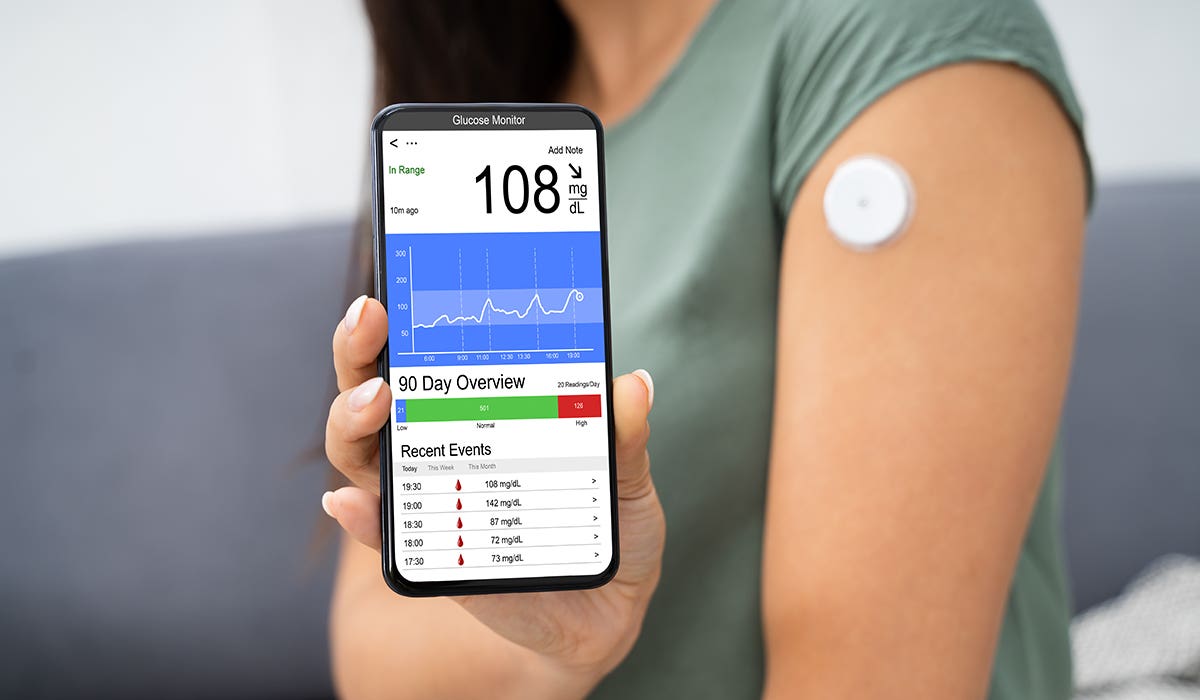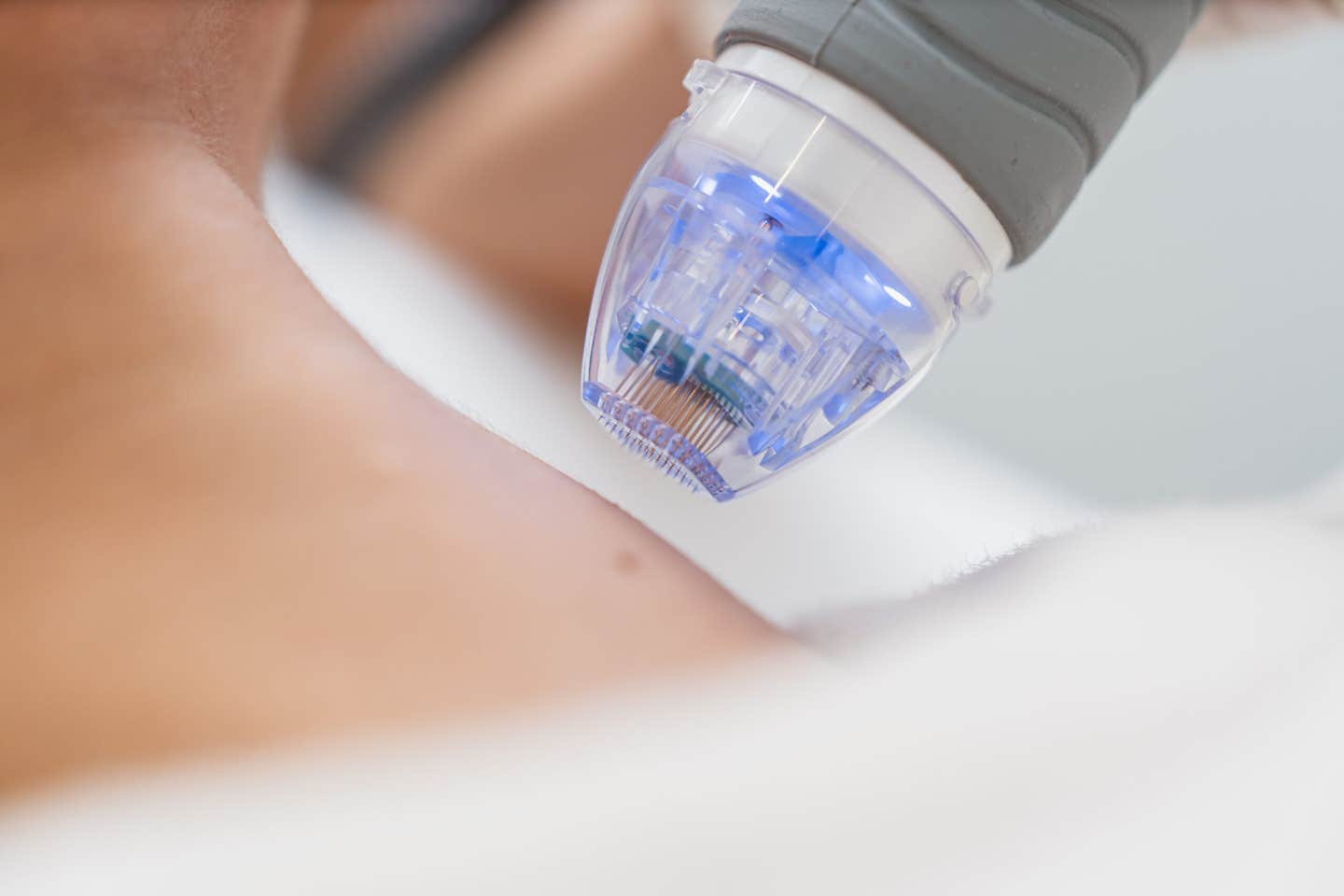Tiny continuous glucose monitors can detect diabetes risk early
A wearable glucose tracker paired with smart data analysis could reveal diabetes risk much earlier than traditional tests—without a needle.

A new method using CGM data predicts diabetes risk better than standard tests, offering earlier and easier detection. (CREDIT: CC BY-SA 4.0)
Efficient blood sugar control plays a major role in preventing diabetes, a disease affecting millions around the world. Detecting problems early, though, has always been tough. Traditional tests only capture a snapshot in time and often miss hidden warning signs. But researchers are now using a new, noninvasive tool that may make a big difference.
A New Way to Spot Trouble Early
Instead of relying on blood samples taken a few times a year, scientists are exploring continuous glucose monitoring (CGM) to track sugar levels around the clock. This small, wearable device measures glucose every few minutes, giving a real-time view of how the body handles sugar throughout the day.
A recent study from a University of Tokyo research team explored whether data from CGM could replace more complex, time-consuming tests. These include clamp tests, which are the gold standard for measuring how well the body responds to insulin. Clamp tests offer precise data but require medical staff, lab work, and hours of time. Most clinics cannot afford to use them for routine care.
The study followed 64 people who had never been diagnosed with diabetes. Each person wore a CGM device, took an oral glucose tolerance test (OGTT), and went through clamp testing. Researchers then analyzed the data and compared results across these different methods.
Their key finding? One measure called AC_Var, which tracks how much glucose levels go up and down, showed a strong link to the “disposition index.” This index combines insulin sensitivity and insulin production and is a trusted way to predict the future risk of diabetes. In fact, when AC_Var was paired with another measure—glucose standard deviation—it gave a better estimate of diabetes risk than fasting glucose, HbA1c, or OGTT results.
Why Traditional Tests Fall Short
Standard tests like fasting blood glucose or HbA1c only show blood sugar at one moment or an average over months. These tests can miss subtle changes, especially in people whose glucose levels swing between normal and abnormal. That’s where CGM has a clear advantage.
Related Stories
"Traditional diabetes tests, while useful, do not capture the dynamic nature of glucose regulation under physiological conditions," said Shinya Kuroda, a lead researcher on the study.
CGM offers a fuller picture, showing how the body reacts to food, stress, exercise, and rest in real life—not just during a blood draw. It captures the ups and downs that standard tools overlook.
With the new algorithm, the research team could detect poor blood sugar control in people who had been classified as “normal” by traditional methods. This early warning could open the door for lifestyle changes, diet adjustments, or closer monitoring—long before full-blown diabetes develops.
Simple Technology, Big Potential
The real beauty of this approach lies in its ease and practicality. CGM devices are already used by many people with diabetes to help manage their condition. Now, they might also help prevent it.
The researchers built a web tool that anyone—patients or health care workers—can use to analyze CGM data and calculate risk. This tool could help bring personalized diabetes screening to more people, without lab work or needle sticks.
The study also found that these CGM-based markers did more than predict diabetes. They were better at forecasting complications such as coronary artery disease, a major cause of death in people with diabetes.
"By analyzing CGM data with our new algorithm, we identified individuals with impaired glycemic control—even when standard diagnostic tests classified them as ‘normal,’" said Kuroda. "This means we can potentially detect issues much earlier, creating an opportunity for preventive interventions before diabetes is diagnosed."
Toward a Healthier Future
Diabetes, especially Type 2, often starts silently. Many people live for years without knowing they have it. Early damage builds up in the background, affecting the heart, kidneys, eyes, and nerves.
The earlier you can identify a problem, the better your chances of avoiding these outcomes. That’s what makes this new method so promising. It uses data people can gather at home, with a device that’s becoming more common and easier to use.
This doesn’t mean traditional tests are obsolete. Instead, CGM could add an extra layer of detail. Together, both methods may help people catch trouble sooner, act faster, and stay healthier longer.
"Our ultimate goal is to provide a practical, accessible tool for widespread diabetes screening," said Kuroda. "By enabling early detection of glucose regulation abnormalities, we hope to prevent or delay disease onset and reduce long-term complications."
While more research is needed before doctors use this method routinely, the results offer hope. They suggest that with the right tools, many people could avoid the long and costly road of diabetes. And that road, for now, may begin with simply wearing a small patch that keeps watch over your blood sugar—every minute of the day.
Research findings are available online in the journal Communications Medicine.
Note: The article above provided above by The Brighter Side of News.
Like these kind of feel good stories? Get The Brighter Side of News' newsletter.



